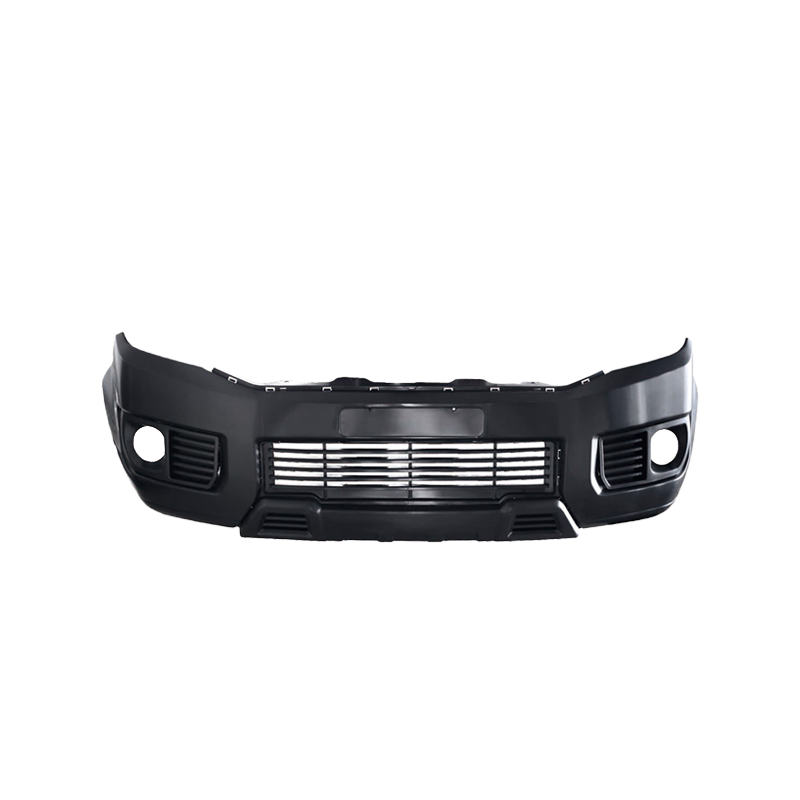

As the automotive industry continues to evolve, one of the significant trends is the push towards lightweight materials to improve vehicle performance, reduce fuel consumption, and meet increasingly stringent environmental regulations. In this context, automotive plastic molding has emerged as a crucial technology for integrating lightweight materials such as carbon fiber-reinforced plastics (CFRP) and glass fiber into vehicle manufacturing. These materials, combined with advanced molding techniques, are paving the way for more fuel-efficient and environmentally friendly vehicles.
The Shift Towards Lightweight Materials
The demand for automotive plastic molding in lightweight applications is driven by the need to reduce a vehicle's overall weight. Every pound of weight removed from a vehicle can to significant improvements in fuel efficiency, performance, and emissions. Lightweight materials, particularly carbon fiber-reinforced plastics (CFRP) and glass fiber composites, have become increasingly popular in the automotive sector due to their strength-to-weight ratio. These materials are ideal for various automotive components, such as body panels, interior parts, and structural elements.
Automotive plastic molding technologies have evolved to accommodate the unique properties of these materials. The ability to mold carbon fiber and glass fiber composites into complex shapes with high precision is a key advantage. As these materials are often used in high-performance vehicles, precision molding ensures that each part is not only lightweight but also durable and strong enough to withstand the stresses of everyday use.
Impact on Vehicle Performance and Fuel Efficiency
The integration of lightweight materials through automotive plastic molding has a direct impact on a vehicle’s performance. With a weight reduction, vehicles can accelerate faster, handle better, and achieve higher top speeds. Furthermore, the decrease in weight s to improved fuel efficiency. Lighter vehicles require less energy to move, which translates into better miles per gallon (MPG) and reduced carbon emissions.
Automotive plastic molding plays a key role in making this possible by enabling the production of lightweight components that do not compromise strength or safety. For example, carbon fiber composites, when used in structural parts such as bumpers or body panels, allow manufacturers to reduce the overall vehicle weight without sacrificing crashworthiness or durability. Additionally, glass fiber composites are often used in areas where impact resistance is required, such as in side panels or underbody components.

Cost Considerations and Manufacturing Challenges
While automotive plastic molding using CFRP and glass fiber offers significant benefits in terms of weight reduction and fuel efficiency, there are challenges to consider. One of the primary concerns is the cost of materials and manufacturing processes. Carbon fiber, in particular, remains more expensive than traditional metals like steel or aluminum. This can make the use of these materials in mass-market vehicles more challenging from a cost perspective.
However, advancements in automotive plastic molding techniques are helping to mitigate these costs. Improvements in the molding process itself, such as the development of more efficient and automated molding technologies, have reduced the production time and cost of composite parts. Furthermore, the use of recycled materials and more cost-effective molding processes is gradually bringing the cost of carbon fiber and glass fiber composites down.
The Future of Automotive Plastic Molding
Looking ahead, automotive plastic molding will continue to play a pivotal role in the development of lighter and more fuel-efficient vehicles. As automakers strive to meet global fuel efficiency and emissions standards, the demand for advanced lightweight materials will only increase. The ability to mold complex shapes using composites will open up new possibilities for part design, allowing for further weight reductions without compromising on safety or performance.
In conclusion, automotive plastic molding is at the forefront of the automotive industry’s efforts to improve fuel efficiency and vehicle performance through the use of lightweight materials. As carbon fiber and glass fiber composites become more widely adopted, automotive plastic molding will continue to be a key enabler in the production of vehicles that are not only lighter but also more environmentally friendly. This shift towards lightweight materials is set to reshape the automotive landscape, contributing to a future of greener and more efficient transportation.